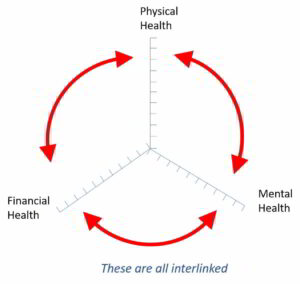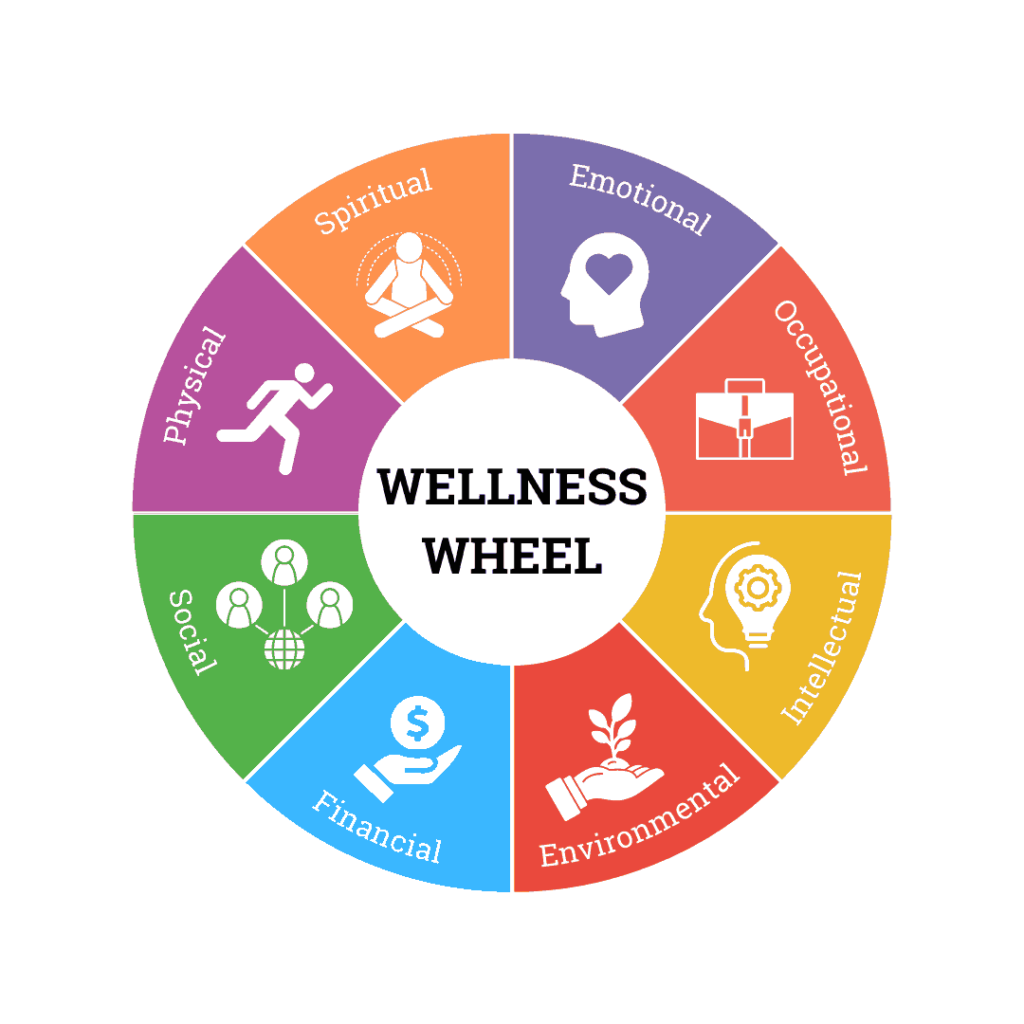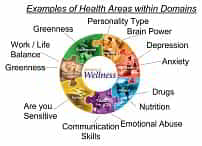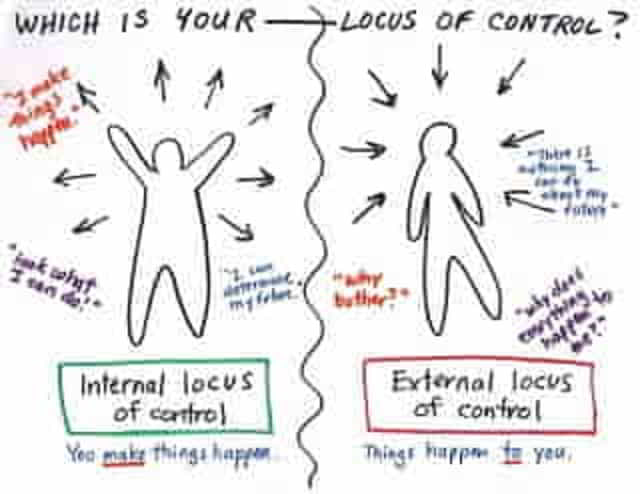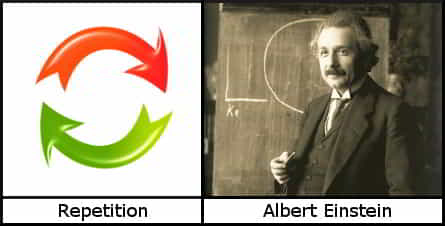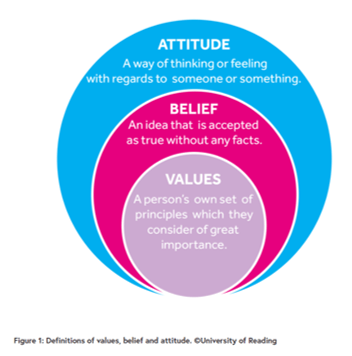Your Dashboard Tools
it's 19 Mar, 2025 7:48 pm
Communication Style Exercises
field_5f0c304c72876 - is the title of the exercise
Exercise Summary
The following is taken from communicationstyles.org
Understanding your own and understanding others and getting the best from both
How to Identify Communication Styles
Research shows us people have four different styles of communication. We call these: Director, Expresser, Thinker and Harmonizer. Each style has its own way of seeing the world. Each favors a certain way of listening, responding, making decisions, and solving problems.
Most people use two styles more frequently; this blend determines how you communicate.
It’s especially important to understand your primary communication style, since this is the one you use most often. No style is best, but it may be to your advantage to play up one over another, depending on the situation.
Psychologists first noticed there were different communication styles in the 1960s.
Subsequent research, including research conducted by the author of Straight Talk®, confirmed that there are four scientifically distinct styles of communicating.
Straight Talk defines “communication style” as the specific way that one listens and responds.
A few guidelines to follow when using communication assessments:
1. All communication styles are equally valuable–there isn’t one “best” style.
2. We already use “all” of the styles to some degree–what your assessment tells you is your primary style–the place that is most comfortable for you.
3. We wouldn’t want to use these as recruiting/hiring tools–these don’t measure skill, experience, or knowledge.
4. We don’t want to use these to pigeon hole a person–“Oh….you must be a Thinker because you work in Accounting.”
Main Activity
Study, educate and create an action plan of activity
The following is taken from https://communicationstyles.org/how-to-identify-communication-styles/
Key characteristics of each primary communication style:
Director:
Goal oriented
Tells it like it is
Makes decisions quickly
Always on the go
Speaks crisply
May be insensitive, intimidating
Expresser:
People oriented
Animated, easily excited
Makes expressive gestures
Entertaining
Thinks out loud
Speaks rapidly
May be imprecise
Thinker:
Task oriented
Makes lists
Does things “by the book”
Speaks deliberately
Believes there’s a right way and a wrong way
May procrastinate
Harmoniser:
Relationship oriented
Sensitive to others
Dedicated, loyal
Speaks softly
Avoids conflict
May over-commit
Because people have different styles, chances are that within any team or work group there will be conflicting approaches. Before team members can work together effectively, they need to be aware of these potential conflicts. They need to master certain tools to minimize these conflicts.
3 Steps to Identify Communication Styles
When meeting someone for the first time, there are three things to do:
– Ask Questions
– Observe Reactions
– Listen Actively
Ask a question like: “What do you do to stay current with trends in your business?” Or: “What kind of person is successful in your field?”
Then watch for clues:
An Asserter will instantly give you a response and typically won’t ask whether you agree.
A Prober, on the other hand, will say what he or she thinks, and then ask a genuine question: “That’s just my sense of it. What’s your opinion?”
A person who focuses on Feelings will talk about the quality of the people he or she works with and their ability to meet whatever challenges lie ahead.
A more Fact-oriented person will talk about studies or numbers or industry trends.
You can’t rely on just one question. You’ve got to ask two or three to be sure. Weigh the number of times the person talks about feelings. Weigh the balance of inquiry and assertion.
Here are some questions that work well:
– How do you spend your free time, when you have some?
– What do you like to read?
– What did you study in school?
Watch how people interact with you. Do they engage in small talk? Or do they cut to the chase? Do they tell stories? Do they break an issue down into its constituent parts? Do they ask questions? Each of these is a trademark of a particular style.
Practice observing communication styles.
In assessing a person’s style, observe the role that person is playing. A manager may feel she has to be assertive. It’s her job. But is she assertive by nature, or just playing the part? The balance of Inquiry and assertion will tell you. The same thing is true of someone in a subordinate role. Is he probing by nature or because it’s required of him? There’s no simple key that will yield the correct answer every time. You simply have to practice observing.
Another trick is learning to recognize the assertive questioner. Some people temper their nature by disguising statements as questions. I recall a CEO who never asked: “When would your schedule permit?” She said: “Could you be here next week?” She laid out her desire very clearly – but tried to soften it by asking a question.
You’ll also learn to recognize the opposite: the passive asserter. “We’ve got a really good team here, and it’s taken a long time to build it. It’s very important here at XYZ Corp. that we have a good team.” On its own, that statement means relatively little. Certainly, no one’s going to challenge it. It is utterly safe and benign. It is a passive assertion.
Asserters like to run the show; Probers defer to others and ask questions. Asserters leap to conclusions and take risks; Probers look for confirmation and safety in numbers. Be attuned to the situation. An Asserter may appear passive at first. But put him or her in a situation that requires someone to take charge, and a different style may emerge.
Observe where people invest their attention.
Do they talk about their family, or about their new car? If they tend to say things are “good” or “bad,” that’s the mark of the Feeler. If their judgments are cast more in the words “right” and “wrong,” that’s a sign of a Factual style. Again, you have to be careful not to be tricked by the situation. A person you know from church may have an entirely different style at work.
Conclusion
By tuning yourself to identify and understand each style, you’ll quickly learn to appreciate some of the subtleties in people’s communications – the hidden levels of meaning behind what they say, the types of things they pay attention to. This, in turn, will lead to more satisfying and more successful interactions. More important, as you begin to appreciate how people see things in four very different ways, you begin to appreciate how around us revolve four different worlds – the worlds of the Director, Expresser, Thinker and Harmonizer.
Video
Title
Summary
Play
Now you have to decide if you want this exercise to be part of your action plan.
If you don’t, then either hit the back arrow or click the button to go back to look at another exercise.
If you do, then carry on down the page and follow the instructions.
If you want to include this exercise in your action plan, select Yes from on the right then click the green button saying ‘Include this exercise’.
Sadly you’ll go back to the top of this page – please scroll down and fill in the bits that appear before here.
Add a comment
You can leave a comment below – we’ll get back to you.
